Historic Sites
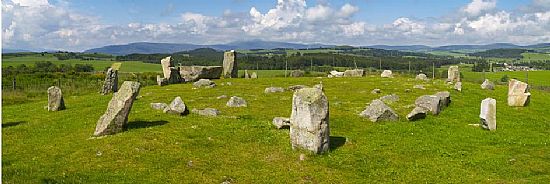
Royal Deeside and the Cairngorms is rich in prehistoric remains that date back as far as the 4th century BC. Perhaps the oldest of our ancient sites is the Blue Cairn of Balnagowan near Aboyne - this long burial mound cairn is believed to be nearly 6,000 years old!
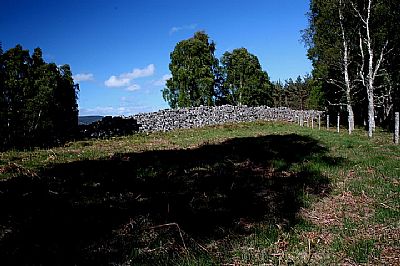
Our area has numerous recumbent stone circles that were erected around 5,000 years ago to celebrate the seasonal movements of the sun and the moon. These circles were places of ritual and worship and there is evidence of fire festivals being held at many of them. One of the best examples is the Tomnaverie Stone Circle on the outskirts of Tarland, from where there are outstanding views across the countryside towards Balnagowan Hill. However, you will also stumble across the remains of stone circles throughout our area including at Balronald Wood near Logie Coldstone and the church yard at Midmar.
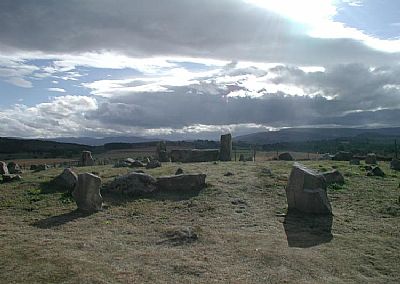
The Culsh Earth House near Tarland is slightly more recent, having been constructed around 2,000 years ago. It's thought this underground structure was built to store grain that local farmers sold to the Roman army, which was active in the area at that time.
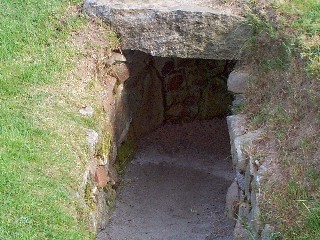
The Iron Age Loch Kinord Crannog dates from around the same period. This is a man made island that was built on stilts above the loch to protect its inhabitants from attack. It's known to have inhabited into the middle ages, but today looks like a small grassy mound of stones in the loch.
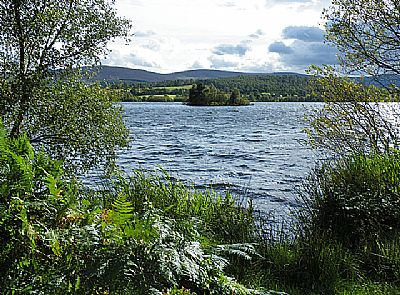
Little is known about the history of Royal Deeside and the Cairngorms between the departure of the Romans and the arrival of the earliest Christian missionaries in the 5th century AD. Among the first was St Ternan, known as the Bishop of the Picts, who founded a church and Christian college at Banchory. All that remains of these buildings now are a few carved stones close to the main graveyard.
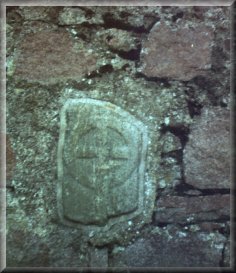
In the following centuries, the newly converted Picts carved many spectacular Celtic crosses and Pictish stones to celebrate their new religion. Perhaps the best example is The Kinord Stone, a 9th century symbol stone that sits on the shores of Loch Kinord at Dinnet. This was not its original position - the stone was moved in the 1820s to protect it. However, it's thought to now occupy a site very close to its original location


